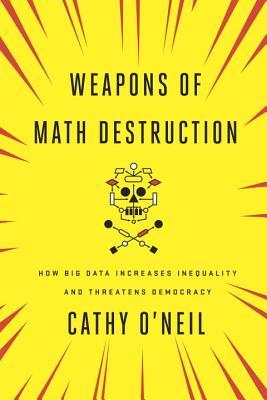Do two posts make a series? Anyway, this is second post looking at some modern-day frustrations where we look inside things that we do that are daft and dangerous. Some of them you may not realise are doing you damage, others probably already drive you a bit loopy. Part 1 is here: Stop the Self Inflicted Pain | How Much Better Could Your Life Be?
We have three more topics for today:
Devices in Meetings
What is the purpose of a meeting? Do you know? In almost every case, the addition of screens into that meeting is harming that purpose.
Most meetings that I attend, if I attend in person, are based around a large table. The table is littered with laptops, phones and tablets. People join the meeting with every intention of contributing wholeheartedly to it, but within minutes they are distracted. They don’t mean to be, but they are powerless to stay away from the distracting movements that are occurring before them.
“But” I can hear you say…
“But, what if I want to take notes electronically?” If you are far more disciplined than me, then perhaps you can have a powerful, internet connected, multi-skilled device there in-front of you and only use it to take notes. If that is you, then I take my hat off to you, but it’s still not as good for you as writing notes.
“But, what if I need the material off my laptop to inform the meeting?” That may be a perfectly valid point, but it should be limited and clearly understood in the objectives for the meeting, often it’s an excuse.
“But, what happens if someone needs to contact me?” This is the ultimate expression of the problem. If you take a device into a meeting because you think that someone may need to contact you, then you will be spending a significant amount of time in that meeting distracted by the potential that someone is going to contact you. “Has my phone run yet?” “What’s was that email that has just come in?”
Multi-tasking
One of the main reasons that devices in meetings is such a bad idea is that it draws us into multitasking and we are very poor at multitasking.
There are numerous experiments that show our inability to task switch, but perhaps we need the kids to show us how it is (not) done:
There’s also growing evidence that the impact of persistent multitasking is lasting harm. You’re less effective while you are multitasking, but you are also permanently numbing down your brain.
Aside from the impact on our brains there are situations where multitasking is downright dangerous. Those of you who still think you can text and drive are kidding yourself:
It has become normal many of us to multi-screen in front of the TV every night. Even if we are only using our tablet or phone while the adverts are on, we are still expecting our brains to multitask. Those advert may be annoying, but rather than picking up a screen we would be much better standing up and having a stretch.
This isn’t a new subject for me, but we still have a very long way to go before people listen.
Open Plan Offices
Once the darling of every office manager the open plan office is a disaster for productivity.
You don’t need to look any further for evidence of this than this invention from Panasonic:

These are a pair of blinkers for the office, for those times when you need some peace and quiet to get your job done! Seriously!
Again, I hear that “but” word entering into your head. The primary “but” for open plan offices is: “But, doesn’t it improve communication between teams and enable more creative interactions?” Let me put it as simply as I can: “No.”
Open plan offices drive down interactions:
The results were stark: after the shift to an open-plan office space, the participants spent 73 per cent less time in face-to-face interactions, while their use of email and instant messenger shot up by 67 per cent and 75 per cent respectively.
Most people spend their time in an open plan office with headphones plugged in which makes it difficult to know whether they are one a phone call so it’s normal to instant message them, even if they are on the next desk.
How many more things?
That’s eight different areas that we’ve covered in two posts, I wonder how many more there are? Imagine if each one improves your productivity, or wellness, by just 2% we would have improved our lives by at least 16%!










